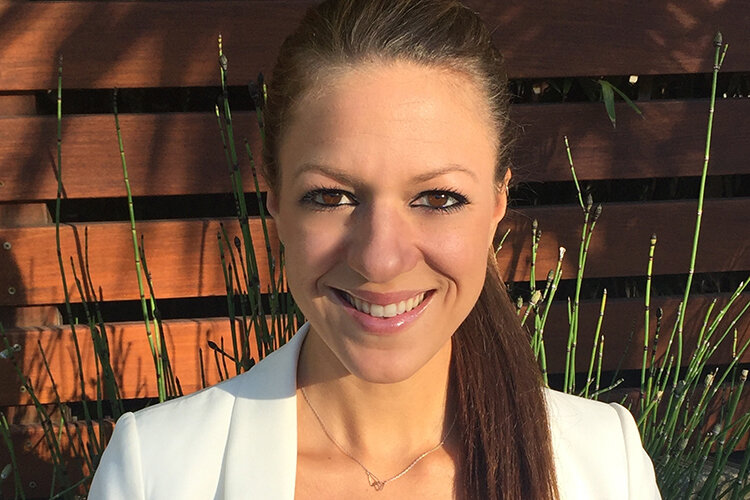THE ELEGANCE OF ACUPUNCTURE: HOW IT REALLY WORKS
The Elegance of Acupuncture: How It Really Works
by Dr. Marina Dabcevic
If you have already received acupuncture treatments, you’re well acquainted with the relief that is felt in the body, usually in the very first session. You know what it feels like to get up from the table feeling like you’ve had one of the deepest rests of your life. You know the experience of deep inner quiet mixed with a clear, awake mind—and the feeling of wellness filling up your entire body.
If you have yet to experience acupuncture’s ability to rebalance and restore, what you’ll discover is a profound treasure that can be added to your healing toolkit to support you and your family throughout all stages of life.
One of the primary branches of Chinese Medicine, acupuncture is well-documented for its efficacy in releasing stress and anxiety, boosting energy, improving sleep, aiding weight loss, regulating hormones, reducing pain, improving focus and concentration, stimulating the immune system, reducing inflammation, and supporting fertility, pregnancy, and other functions of the body. According to the World Health Organization, acupuncture is effective for treating twenty-eight specific conditions, while evidence indicates it may have therapeutic value for many more.
How acupuncture REALLY works: demystifying qi
In our East-meets-West savvy world, the word qi (pronounced chee, and sometimes spelled “chi”) is used by almost everyone today. Most of us intuitively understand that qi refers to the energy of the body. But the word “energy” can seem somewhat mysterious when we’re talking about healing the physical body. During an acupuncture treatment, needles are applied to key points along the body, and, yes, energy is released. But the scientific perspective is revelatory:
Qi is actually not even energy, it’s OXYGEN.
Every time you place a needle into an acupuncture point, you burst mast cells. Mast cells are hugely important in the inflammation process. When you burst them, out comes histamine and prostaglandins, hormones that produce leukotrienes, and other chemotactic factors—all very powerful anti-inflammatory agents.
The chemotactic factors mobilize all white blood cells in the area, signaling them to come and decrease the inflammation much like calling on the fire department to put out a fire. At the same time, because you have placed a foreign object into the body (the needle), the area floods with red blood cells, which bring oxygen and nutrients to that area. This massive influx of oxygen stimulates an amazing healing response within the tissue. And the pain stops.
Acute and chronic pain – understanding its messages
In a very tangible way, healing begins with this relief from the pain.
Since knowledge is power when it comes to restoring health, here is a quick synopsis of the basic purpose of pain: There are the two types of pathways in the body that communicate pain. One is the nociceptor pathway, and the other is the proprioceptor pathway. Simply put, the nociceptor pathway communicates the type of pain being felt (sharp burning pain, dull throbbing pain, etc.) while the proprioceptor pathway tells your brain where in your body the pain is.
As you have likely experienced, the two different kinds of physical pain are acute and chronic. Acute pain is designed as a protective mechanism for the body, and tells us that there is danger, or that something is wrong and that we should stop using that body part to avoid further injury.
Opioids are the body’s own natural painkillers, and are designed to block all pain receptor sites on the capillary beds at the site of pain. These are released shortly after the tissue damage occurs and result in the injury becoming less painful over time. Our body is really quite amazing: it is meant to take the pain away once it no longer serves a purpose. When the opioids fail to be released however, you end up with a sensation of persistent pain even though the injury no longer exists—this is the beginning of chronic pain.
Reducing inflammation with acupuncture – the “miracle cure” for what ails you
If the pain continues (becoming chronic), the brain decides that there is something seriously wrong with that part of the body, even if the pain can’t be located. The brain assumes that the body part has been poisoned or breached in some way, and it shuts down blood flow to that area. It also inhibits the motor nerves going into the muscles of that body part. In short, the brain makes the justification that it is better to sacrifice one body part than to let the poison go through the whole vascular system and kill you.
Depending on how long a person has been suffering from chronic pain, it can sometimes take a little while for the inflammation to subside and the pain to diminish. The use of needles over time helps the body to remember and re-establish the normal signaling to and from the brain. Just like seeing a physical therapist usually happens over time to re-establish normal functioning, the body often needs more than one acupuncture treatment to reset—although some relief and rejuvenation are often felt immediately.
The same principle for healing pain that I’ve outlined here in general terms also applies to many other ailments. Take away inflammation and your body begins to unwind, settle, and function more fluidly in almost every way. You start to feel good again—and often better than you might have imagined.
Dr. Marina Dabcevic is a licensed acupuncturist and herbalist in Los Angeles, specializing in oncology and chronic pain management.

